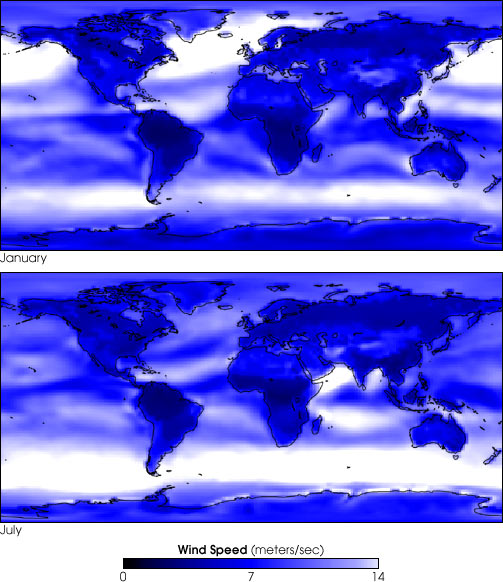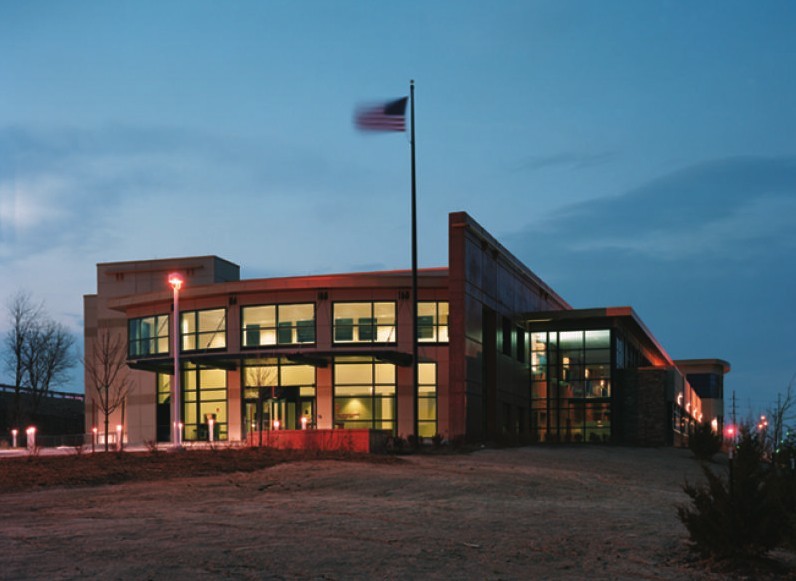|
Sustainable Design Standards
Design standards, reference standards and performance standards are familiar throughout business and industry, virtually for anything that is definable. Sustainable design, taken as reducing our impact on the earth and making things better at the same time, is in the process of becoming defined. Also, many well organized specific methodologies are used by different communities of people for a variety of purposes. Design standards One of the better known is the Leadership in Energy and Environmental Design (LEED) green building rating system, which uses a diverse group of hard measures of environmental quality and impacts to define a holistic approach to sustainable building and assign ratings to individual projects. Sustainable design is really just a more determined effort to consider the whole range of impacts on our environment in making any decision. A more complete design guide, guided more by whole project impact measures, is the model offered by the U.S. cooperating agenci ... [...More Info...] [...Related Items...] OR: [Wikipedia] [Google] [Baidu] |
Sustainable Design
Environmentally sustainable design (also called environmentally conscious design, eco-design, etc.) is the philosophy of designing physical objects, the built environment, and services to comply with the principles of ecological sustainability and also aimed at improving the health and comfortability of occupants in a building.McLennan, J. F. (2004), The Philosophy of Sustainable Design Sustainable design seeks to reduce negative impacts on the environment, the health and well-being of building occupants, thereby improving building performance. The basic objectives of sustainability are to reduce the consumption of non-renewable resources, minimize waste, and create healthy, productive environments. Theory The sustainable design intends to "eliminate negative environmental impact through skillful sensitive design". Manifestations of sustainable design require renewable resources and innovation to impact the environment minimally, and connect people with the natural environment ... [...More Info...] [...Related Items...] OR: [Wikipedia] [Google] [Baidu] |
Leadership In Energy And Environmental Design
Leadership in Energy and Environmental Design (LEED) is a green building certification program used worldwide. Developed by the non-profit U.S. Green Building Council (USGBC), it includes a set of rating systems for the design, construction, operation, and maintenance of green buildings, homes, and neighborhoods, which aims to help building owners and operators be environmentally responsible and use resources efficiently. By 2015, there were over 80,000 LEED-certified buildings and over 100,000 LEED-accredited professionals. Most LEED-certified buildings are located in major U.S. metropolises. LEED Canada has developed a separate rating system adapted to the Canadian climate and regulations. Some U.S. federal agencies, state and local governments require or reward LEED certification. This can include tax credits, zoning allowances, reduced fees, and expedited permitting. Studies have found that for-rent LEED office spaces generally have higher rents and occupancy rates an ... [...More Info...] [...Related Items...] OR: [Wikipedia] [Google] [Baidu] |
ASHRAE 90
The American Society of Heating, Refrigerating and Air-Conditioning Engineers (ASHRAE ) is an American professional association seeking to advance heating, ventilation, air conditioning and refrigeration (HVAC&R) systems design and construction. ASHRAE has over 57,000 members in more than 132 countries worldwide. ASHRAE's members are composed of building services engineers, architects, mechanical contractors, building owners, equipment manufacturers' employees, and others concerned with the design and construction of HVAC&R systems in buildings. The society funds research projects, offers continuing education programs, and develops and publishes technical standards to improve building services engineering, energy efficiency, indoor air quality, and sustainable development. History ASHRAE was founded in 1894 at a meeting of engineers in New York City, formerly headquartered at 345 East 47th Street, and has held an annual meeting since 1895. Until 1954 it was known as the A ... [...More Info...] [...Related Items...] OR: [Wikipedia] [Google] [Baidu] |
International Energy Conservation Code
The International Energy Conservation Code (IECC) is a building code created by the International Code Council in 2000. It is a model code adopted by many states and municipal governments in the United States for the establishment of minimum design and construction requirements for energy efficiency. See also *EnergySmart Home Scale The EnergySmart Home Scale (E-Scale) is a standard applied to homes in the USA that meet the Builders Challenge program requirements. The E-Scale visually shows the energy performance of the labeled home. Homes need to score a 70 or less on the E-S ... References External links Web-Based Training by US DOEInternational Code Council Building codes Building engineering Energy conservation International standards {{engineering-stub ... [...More Info...] [...Related Items...] OR: [Wikipedia] [Google] [Baidu] |
Water Efficiency
Water efficiency is the practice of reducing water consumption by measuring the amount of water required for a particular purpose and is proportionate to the amount of essential water used.Vickers, Amy. “Water use and conservation." Amherst, MA Waterplow Press. June 2002. 43 Water use and conservation Water efficiency differs from water conservation in that it focuses on reducing waste, not restricting use. Waterwise Solutions for water efficiency not only focus on reducing the amount of used but also on reducing the use of non-potable water where appropriate (e.g. |
Environmental Quality
"Environmental Quality" is a set of properties and characteristics of the environment, either generalized or local, as they impinge on human beings and other organisms. It is a measure of the condition of an environment relative to the requirements of one or more species, any human need or purpose. Environmental quality includes the natural environment as well as the built environment, such as air, water purity or pollution, noise and the potential effects which such characteristics may have on physical and mental health. United States In the United States, the term is applied with a body of federal and state standards and regulations that are monitored by regulatory agencies. All states in the U.S. have some form of a department or commission that is responsible for a variety of activities such as monitoring quality, responding to citizen complaints, and enforcing environmental regulations. The agency with the lead implementation responsibility for most major federal environmen ... [...More Info...] [...Related Items...] OR: [Wikipedia] [Google] [Baidu] |
ASHRAE 189
The American Society of Heating, Refrigerating and Air-Conditioning Engineers (ASHRAE ) is an American professional association seeking to advance heating, ventilation, air conditioning and refrigeration (HVAC&R) systems design and construction. ASHRAE has over 57,000 members in more than 132 countries worldwide. ASHRAE's members are composed of building services engineers, architects, mechanical contractors, building owners, equipment manufacturers' employees, and others concerned with the design and construction of HVAC&R systems in buildings. The society funds research projects, offers continuing education programs, and develops and publishes technical standards to improve building services engineering, energy efficiency, indoor air quality, and sustainable development. History ASHRAE was founded in 1894 at a meeting of engineers in New York City, formerly headquartered at 345 East 47th Street, and has held an annual meeting since 1895. Until 1954 it was known as the ... [...More Info...] [...Related Items...] OR: [Wikipedia] [Google] [Baidu] |
Illuminating Engineering Society
The Illuminating Engineering Society (IES), formerly the Illuminating Engineering Society of North America (IESNA), is an industry-backed, not-for-profit, learned society that was founded in New York City on January 10, 1906. The IES's stated mission is "to improve the lighted environment by bringing together those with lighting knowledge and by translating that knowledge into actions that benefit the public". The Society is still headquartered in New York City, with offices at 120 Wall Street. The IES is divided into approximately 100 local sections. Publications The IES is credited with over 100 publications on the subject of lighting such as ''The Lighting Handbook: 10th Edition''. Other publications, many of which are American National Standards Institute (ANSI) or ASHRAE standards, include recommended practices for a variety of specific lighting applications such as office, sports, and outdoor lighting, and lighting for healthcare facilities. The National Institute of ... [...More Info...] [...Related Items...] OR: [Wikipedia] [Google] [Baidu] |
Architecture 2030
Architecture is the art and technique of designing and building, as distinguished from the skills associated with construction. It is both the process and the product of sketching, conceiving, planning, designing, and constructing buildings or other structures. The term comes ; ; . Architectural works, in the material form of buildings, are often perceived as cultural symbols and as works of art. Historical civilizations are often identified with their surviving architectural achievements. The practice, which began in the prehistoric era, has been used as a way of expressing culture for civilizations on all seven continents. For this reason, architecture is considered to be a form of art. Texts on architecture have been written since ancient times. The earliest surviving text on architectural theories is the 1st century AD treatise ''De architectura'' by the Roman architect Vitruvius, according to whom a good building embodies , and (durability, utility, and beauty). Cen ... [...More Info...] [...Related Items...] OR: [Wikipedia] [Google] [Baidu] |
Cradle To Cradle Design
Cradle-to-cradle design (also referred to as 2CC2, C2C, cradle 2 cradle, or regenerative design) is a biomimetic approach to the design of products and systems that models human industry on nature's processes, where materials are viewed as nutrients circulating in healthy, safe metabolisms. The term itself is a play on the popular corporate phrase "cradle to grave", implying that the C2C model is sustainable and considerate of life and future generations—from the birth, or "cradle", of one generation to the next generation, versus from birth to death, or "grave", within the same generation. C2C suggests that industry must protect and enrich ecosystems and nature's biological metabolism while also maintaining a safe, productive technical metabolism for the high-quality use and circulation of organic and technical nutrients. It is a holistic, economic, industrial and social framework that seeks to create systems that are not only efficient but also essentially waste free.Lovins ... [...More Info...] [...Related Items...] OR: [Wikipedia] [Google] [Baidu] |
Climate And Energy
In the 21st century, the earth's climate and its energy policy interact and their relationship is studied and governed by a variety of national and international institutions. The relationships between energy-resource depletion, climate change, health resources and the environment, and the effects that they have on each other, have been subject to numerous scientific studies and research efforts. As a result, a majority of governments see climate and energy as two of the most important policy goals of the twenty first century. The correlation between climate and energy rests on known causal relationships between human population growth, rising energy consumption and land use and the resulting greenhouse gas emissions and climate change. The concern for climate change control and mitigation has consequently spurred policy makers and scientists to treat energy use and global climate as an inextricable nexus with effects also going in reverse direction and create various initiat ... [...More Info...] [...Related Items...] OR: [Wikipedia] [Google] [Baidu] |
Sustainable Building
Green building (also known as green construction or sustainable building) refers to both a structure and the application of processes that are environmentally responsible and resource-efficient throughout a building's life-cycle: from planning to design, construction, operation, maintenance, renovation, and demolition. This requires close cooperation of the contractor, the architects, the engineers, and the client at all project stages.Yan Ji and Stellios Plainiotis (2006): Design for Sustainability. Beijing: China Architecture and Building Press. The Green Building practice expands and complements the classical building design concerns of economy, utility, durability, and comfort. Green building also refers to saving resources to the maximum extent, including energy saving, land saving, water saving, material saving, etc., during the whole life cycle of the building, protecting the environment and reducing pollution, providing people with healthy, comfortable and efficient us ... [...More Info...] [...Related Items...] OR: [Wikipedia] [Google] [Baidu] |
.jpg)
.jpg)



